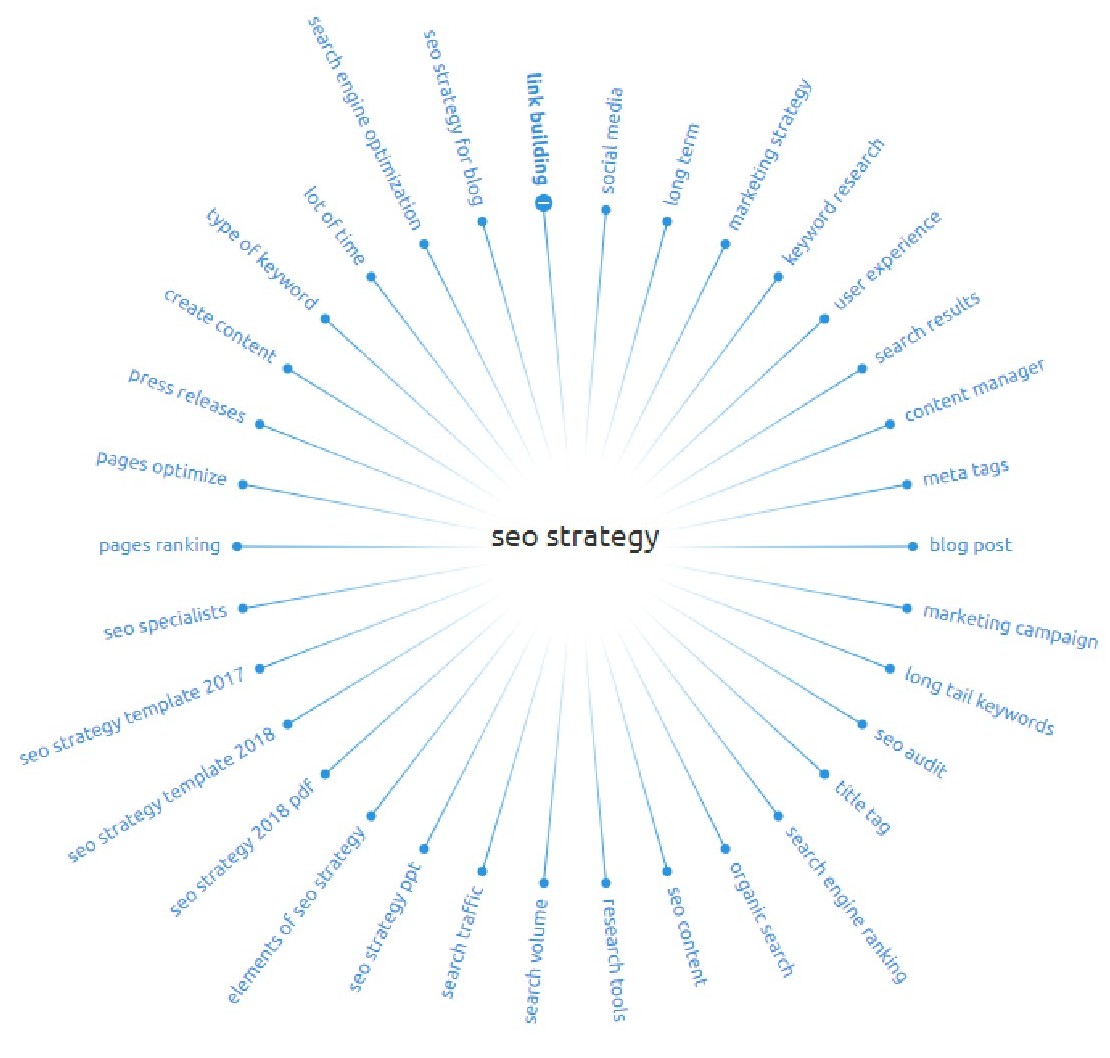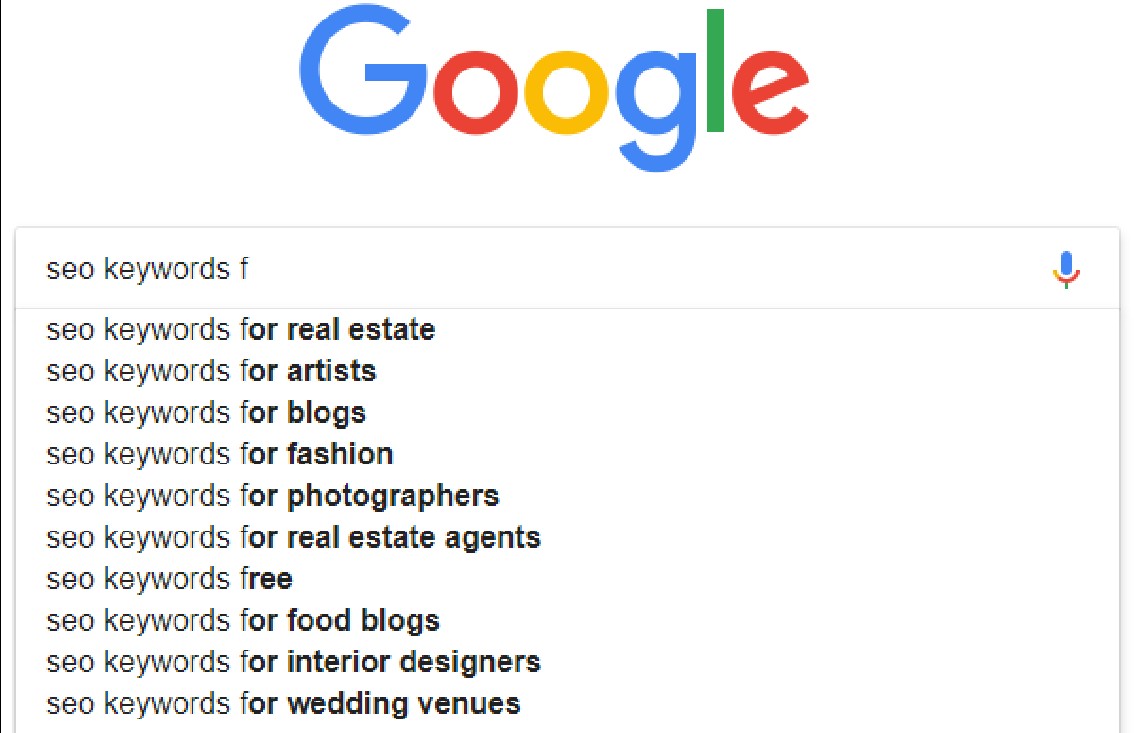An Introduction to the Keyword Universe
The universe in which we draw our target terms is referred to as the keyword universe, and it can be very large. Therefore, choosing the appropriate terms comes down to 4 key considerations:
- How the key term aligns with your business’s offerings
- How the key term aligns with the searcher’s intent and context
- The potential volume of search traffic
- The level of ranking difficulty
You must choose the wording most aligned with your customer’s language and not your own. Also, consider the intention behind those keywords. Taking the time to research your customer’s common search terms will ensure that you secure the most relevant keywords. The keyword universe may be vast, but your SEO strategy will act as a filter for it. Remember that you are not trying to target anything outside of your customer’s most relevant keywords.
Your keyword strategy should focus on “head terms”. Head terms are high-volume, 1 or 2-word keywords. They are the most difficult to rank for and the traffic that results from these tends to be fairly general in audience. After establishing your head term, start researching longer, more nuanced phrases around that term. Those with 2-3 words are called “body” keywords and 3+ words are called “long-tail” keywords.
Examples of Head, Body & Long-Tail Keywords
Head: Clock Radio
Body: Clock Radio iPhone
Tail: Clock Radio with iPhone Wireless Charger
Head: Financial services
Body: Retirement financial services
Tail: Financial services for retirement planning
As you can see, the more words a search query has, the more specific the searcher’s intent. As a result, the more relevant your website content will be to the searchers intent. The search volume for tail terms is much much lower, but the searcher is likely a more qualified prospect.
After assembling your keyword universe, it is time to align these terms with your content marketing plan.
The Keyword Universe & Your SEO Plan
To rank a webpage for a keyword, you have to have content published around that term. SEO only exists in what search engines can read from your website.
When defining your SEO plans, you will need your defined keywords as a starting point for topic generation. The most effective approach that will have the most impact is the hub and spoke model.
Hub & Spoke Model
The hub and spoke model of SEO is the practice of clustering content topics around a central theme. The central theme (head or body keyword) is the hub, supported by several related content pieces. The goal of the model it to become an authority for the hub term. And to do that, you must thoroughly explain the subject and answer the questions of searchers.
Even if a subtopic doesn’t exactly match your product or service offerings, you are trying to build your overall authority.

SEO Tools & Keyword Research
When generating topics for your model, keyword research can help be your guide. You can use Google’s own real-time search suggestions to get an idea of what people are searching for around your search term.

The keyword universe provides a lot of information, so it’s important to use tools to navigate that information. Tools, like SEMRush, BrightEdge, Moz and Answer the Public can find questions around a term. (But that’s a topic for another blog post.)
Sometimes it may be helpful to write a very big, comprehensive piece on your hub topic. Then take that long-form content, break it into smaller chunks, and publish those. Smaller chunks of the larger piece can be published in multiple formats and on different channels.
Any time you can write long-form content and repackage and republish parts, you are saving yourself time and getting maximum value out of your investment, and as a result, you will improve your rankings for those terms.
SEO, Content Marketing, and Website Structure
With your content marketing plan defined, determining how it fits into your website structure can be a bit confusing. Websites don’t exactly follow a hub and spoke model, websites follow a hierarchical model. Hub pages should connect content from across the website, no matter where it resides. Related content like blog posts, product pages, and press releases should all be referenced from the hub page. You must cross-link your supporting content to your hub pages, and vice versa. This will help pass authority from one page to the next.
Let us give you what you need to create an effective SEO strategy for your B2B website! Contact our team to learn more.